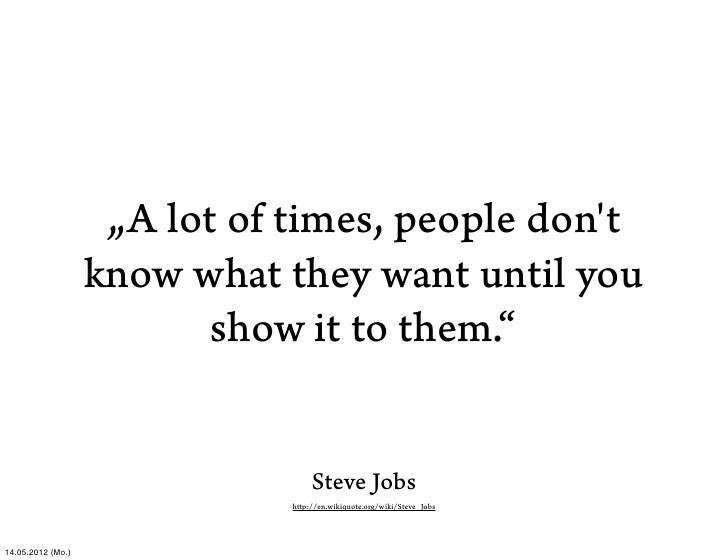
Every industry has a Mount Rushmore of thought leaders that influence exactly how a business is run today. With this Mount Rushmore of thought leaders comes boxes that are created from similar view points.
When you think of Content marketing, you automatically think of Joe Pulizi.
When you think of Sales prospecting 2.0, you automatically think of Aaron Ross.
When you think of Digital transformation, 9 times out of 10, Brian Solis comes up.
These people are instrumental to change in marketing and influencing how we all think and approach our marketing campaigns and results. There's a lot of respect for these people and other people that have positively impacted their industry and/or profession.
On Twitter and LinkedIn, these people are at the top of the list that everyone follows. Their word carries so much weight that some organizations would most likely stop what they were doing if they were told something entirely new.
I don't follow these people on social media. It's not because I'm trying so hard to be "different." The main reason I don't follow is them because there are other disruptors out there that could be changing and influencing what marketing looks like 10 years from now. I like to be ahead of the curve.
"Who's next"
Back when I was in music, I always made the effort to network and reach out to talented people I felt would be "next." The next person to lead a trend or change someone's thinking. The people at the top already had immense influence and were tougher to get a hold of so by introducing myself to the hungry talented people that were "next", I was able to build natural rapport and even learn from those people. I apply the same concept to marketing thought leaders. You can learn so much from marketing professionals with ideas that deserve an ear to listen.
"The future rehashed"
The future is hard to predict. Marketing and technology change so fast that I'm not so sure a 5 year marketing plan is even as necessary as the ability to be flexible and adjust. Stakeholders grow impatient and still confuse marketing and sales. Ultimately, marketing is cyclical. Over the last three to five years, I've head thought leaders bring up various marketing strategies that move in cycles. When you think for a minute from the customers eyes, you notice saturation in one marketing channel creates opportunity voice in another. By opportunity voice, I mean one channel becomes "the trend."
I love blue oceans and clear skies. I make sure I know where the "now"is but I also follow where customers may not be going yet. I can't personally predict the future in marketing but what I can do, is look at my industry and figure out where everyone is in their journey. Once I know where everyone is, I can figure out other road maps some of those people may travel to. We all capable of building on existing strategies and making them our own.
I read the past and present--I follow the "now."
"What do you follow?"
I love blue oceans and clear skies. I make sure I know where the "now"is but I also follow where customers may not be going yet. I can't personally predict the future in marketing but what I can do, is look at my industry and figure out where everyone is in their journey. Once I know where everyone is, I can figure out other road maps some of those people may travel to. We all capable of building on existing strategies and making them our own.
I read the past and present--I follow the "now."





















